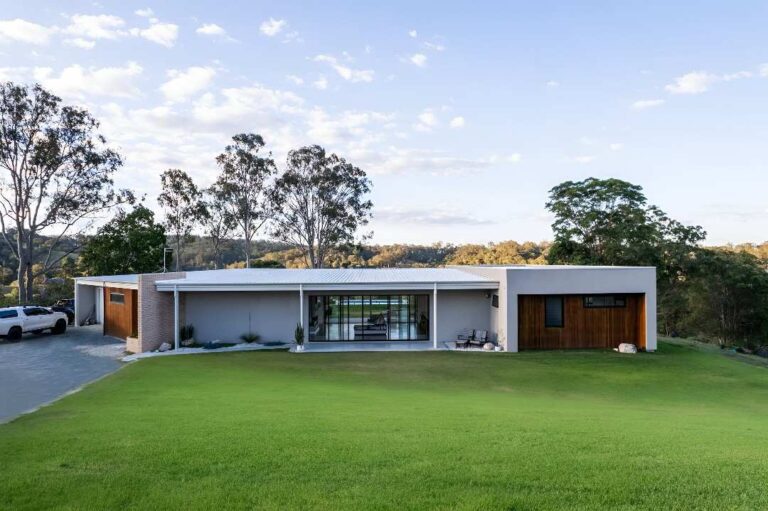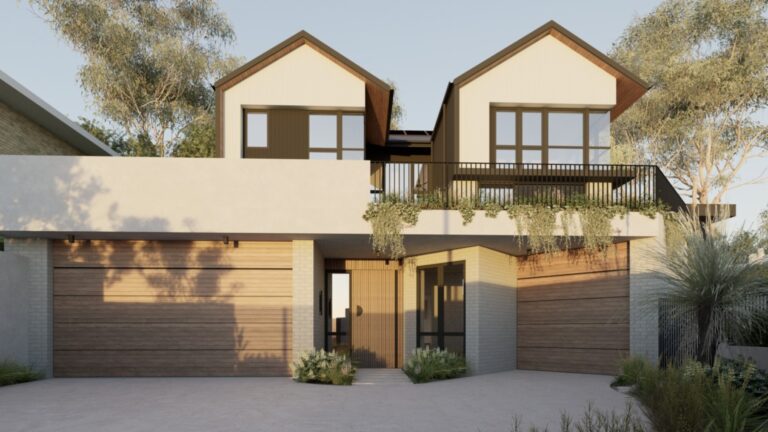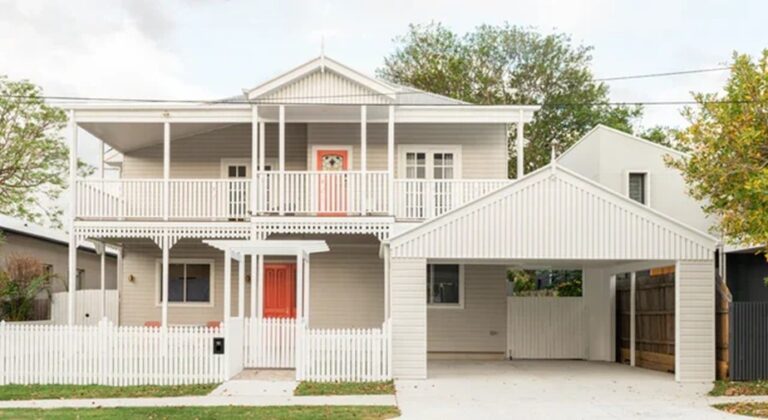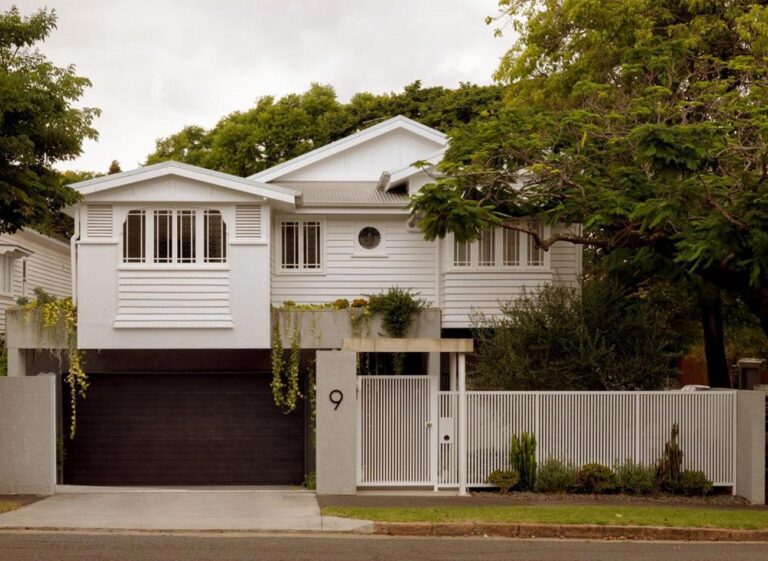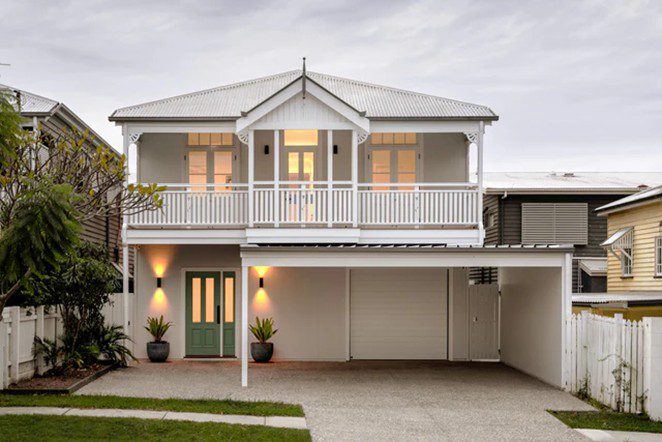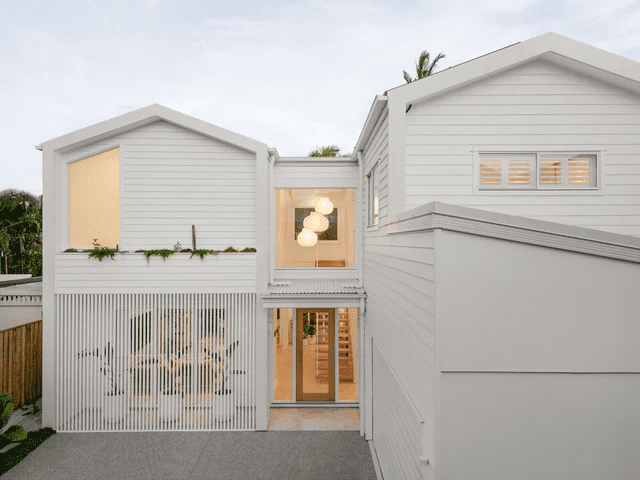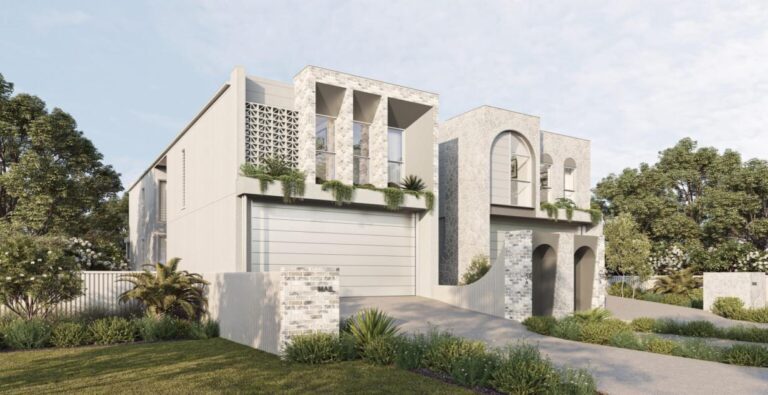Architects shape more than structures, they shape how your home lives and breathes. Their expertise bridges vision with practicality, ensuring every decision serves a purpose. Tide Constructions collaborates with architects to craft homes that are both distinctive and deeply considered. From layout to light flow, their role is pivotal in delivering custom builds that align with your lifestyle, optimise your site, and meet both design and regulatory standards.
Key Takeaways
- Architects are essential for planning, design, and execution.
- They balance creativity with compliance and structure.
- Collaboration with builders ensures seamless delivery.
- Custom builds benefit from site-specific architectural insight.
- Tide Constructions partners with trusted architects to achieve client visions.
What Does an Architect Do in a Custom Build?
In the world of custom home design, architects do more than draw up plans. They are problem solvers, creative minds, technical experts, and project managers all rolled into one. Their main responsibility is to guide homeowners through the entire building process while balancing functionality, design, budget, and regulations.
Let’s break down the various ways architects contribute to the success of a custom home build.
1. Understanding the Client’s Vision
The first and most crucial step in a custom home build is understanding the client’s vision. Architects are trained to listen intently to the needs, desires, and lifestyle of their clients, distilling these into a cohesive design brief. They’ll explore aspects such as:
- Functional Needs: How many bedrooms, bathrooms, or living spaces does the client require? Will there be special spaces for hobbies or work?
- Lifestyle: Is the client into entertaining, gardening, or seeking a private sanctuary?
- Aesthetic Preferences: What style does the client want? Are they after a modern, minimalistic design or something more traditional and grand?
Through detailed consultations, architects gain insights into the functional and aesthetic preferences of their clients, which helps them create a design that reflects those desires. This is where their expertise in interpreting needs and offering creative solutions is invaluable.
2. Expert Design and Concept Development
One of the most significant advantages of working with an architect on a custom build is their ability to deliver innovative and bespoke design solutions. Architects combine creativity with practicality, ensuring that the home doesn’t just look good, but also functions well for the client’s lifestyle.
An architect will:
- Maximise the Site’s Potential: Whether your plot is on a steep hill, has limited space, or boasts expansive views, an architect can leverage the site’s unique features. They can design with orientation, sunlight, and natural ventilation in mind, making the most of the location’s strengths.
- Design for Sustainability: Architects can integrate environmentally friendly elements such as passive solar design, energy-efficient materials, and water-saving systems. In today’s eco-conscious world, they can help ensure that the home is energy-efficient, reducing long-term running costs while being environmentally responsible.
- Address Specific Needs: From universal design principles that accommodate different stages of life to designing for accessibility, architects tailor their designs to fit the client’s unique needs. For example, a family with young children might want a layout that ensures safety, while a retiree might prioritise single-level living or adaptable spaces.
3. Navigating Legalities and Regulations
In Australia, building a custom home involves numerous legal considerations, including zoning laws, building codes, and environmental regulations. One of the key roles of the architect is to ensure that the design complies with all relevant laws and regulations. This helps to avoid any costly delays or legal issues down the line.
An architect will:
- Obtain Necessary Approvals: Before construction can begin, various permits and approvals need to be obtained. The architect is responsible for submitting the plans to the local council and ensuring that all legal requirements are met.
- Compliance with Australian Standards: Architects ensure that their designs adhere to the National Construction Code (NCC), as well as other local standards and regulations, ensuring safety and quality throughout the project.
4. Maximising Budget Efficiency
Budgeting is one of the most critical factors in custom home construction. While it’s easy to get carried away with ideas, the reality is that many of them might not fit within the allocated budget. Architects play an essential role in managing costs, ensuring that clients get the most value for their money.
Through careful design choices, architects can help homeowners prioritise the elements that are most important to them. Whether it’s investing in high-quality materials for certain rooms or finding cost-effective alternatives for others, architects know how to balance luxury with practicality. They work closely with contractors and builders to ensure that the project stays within budget and that no corners are cut when it comes to quality.
5. Managing the Construction Process
A successful custom home is the result of extensive collaboration. Architects act as the central point of coordination and are deeply involved in project management, ensuring all aspects of the home come together seamlessly. From the structural engineer to the interior designer, the architect is responsible for making sure that the different elements of the build align with the overall design intent and progress according to plan.
Architects will:
- Prepare Detailed Plans: These plans are not just sketches; they include precise measurements, specifications, and technical drawings. These ensure that everyone involved in the build, from builders to subcontractors, understands the design and the intended materials.
- Consult with Other Professionals: The architect often works with various other specialists, such as engineers and environmental consultants, to ensure that the design is structurally sound and meets all necessary regulations.
- Ensure Cost Control: During the design phase, architects can help clients make informed decisions about materials and construction methods that meet their budgetary constraints. They may also provide guidance on how to avoid unnecessary costs during the building process.
6. Innovative Solutions for Unique Challenges
Every custom home is unique, and with uniqueness comes the possibility of challenges. Whether it’s a difficult site, challenging terrain, or unusual design requests, architects are skilled problem solvers. They think critically about how to overcome obstacles, utilising their experience and technical knowledge to come up with innovative solutions.
For example, in a sloping block, an architect might design a multi-level home that takes advantage of the views while also ensuring stability and usability. Or, if a client desires an open-plan living area that’s also energy-efficient, the architect will incorporate passive design principles like natural ventilation, insulation, and the use of sustainable materials.
7. Attention to Detail and Quality Assurance
From the grand vision of the home to the fine details that make it special, architects are involved in ensuring the highest standards of quality throughout the project. Their eye for detail ensures that elements like window placement, lighting, furniture integration, and exterior finishes are all cohesive and thoughtfully designed.
Moreover, architects oversee the selection of materials to guarantee they are not only aesthetically pleasing but also durable and fit for purpose. Whether it’s the choice of flooring, cabinetry, or exterior cladding, architects help homeowners make informed decisions that will stand the test of time.
8. Sustainable Design and Environmental Considerations
In today’s world, sustainability is a top priority for many homeowners. Architects are at the forefront of sustainable design practices, ensuring that custom homes are energy-efficient, environmentally friendly, and built with sustainable materials. This is especially important in Australia, where extreme weather conditions and climate change are significant factors to consider.
From designing homes that maximise natural light to incorporating solar panels and rainwater harvesting systems, architects offer creative ways to reduce the environmental impact of a custom home. Not only does this benefit the planet, but it also lowers energy costs for the homeowner in the long term.
Conclusion
An architect doesn’t just design your home, they define the experience of living in it. With the right architect and the right builder by your side, your custom build becomes a well-orchestrated process, not a guessing game. At Tide Constructions, we champion collaboration, clarity, and craftsmanship in every project. Ready to turn your vision into a custom home that works for you? Get in touch with us today to start your custom home journey.
FAQs:
Do I need an architect for a custom home build?
Yes. An architect ensures your home design meets your lifestyle needs, maximises site potential, and complies with building regulations.
What’s the difference between an architect and a building designer?
Architects hold university degrees and are registered professionals. They typically offer more comprehensive design, planning, and project coordination services.
Can my architect manage council approvals?
Absolutely. Most architects manage the planning approval process, helping you navigate council requirements smoothly.
How do architects and builders work together?
They collaborate throughout the design and construction phases to ensure the project stays on time, on budget, and true to the design vision.
Can Tide Constructions recommend an architect?
Yes. We work with experienced and trusted architects across Brisbane and can connect you based on your style and project goals.
Will hiring an architect increase my project costs?
While architects add to upfront costs, they can reduce long-term expenses by improving efficiency, avoiding design errors, and adding long-term value.

